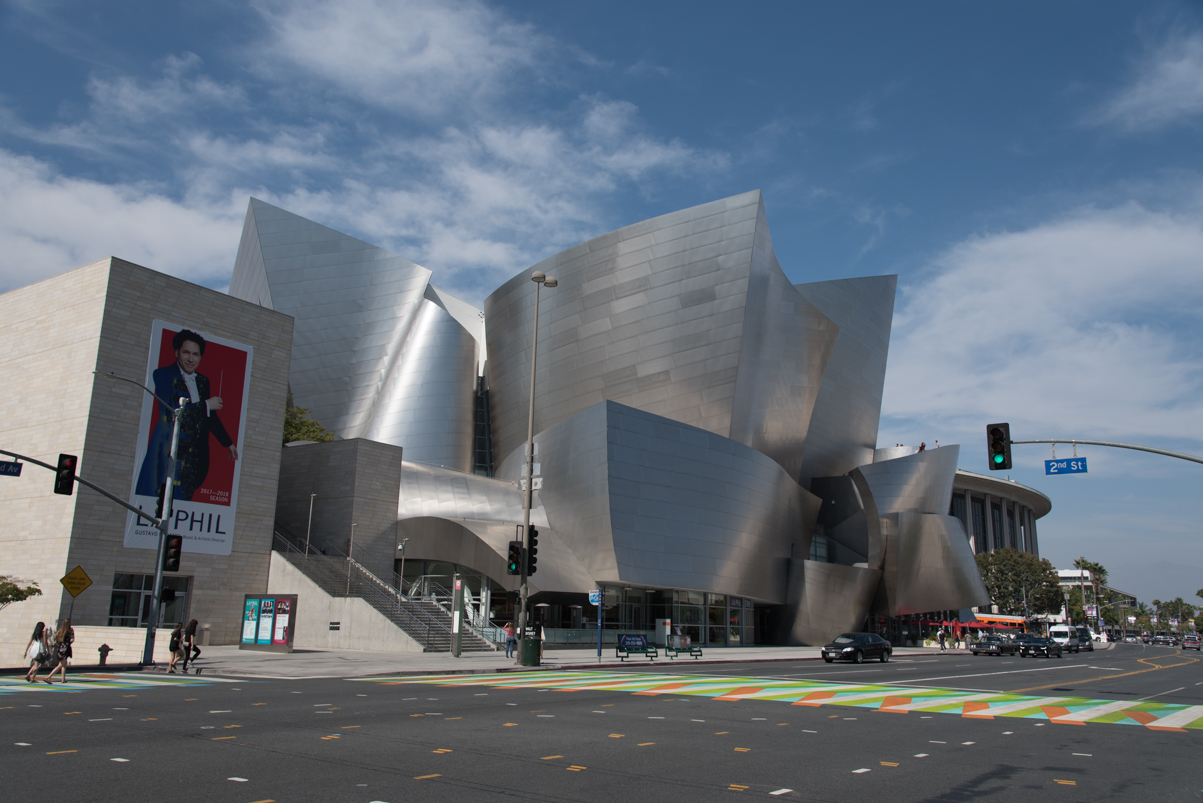Nonsense. Playback systems don’t “fix” recordings. The BACCH fixes crosstalk.
Apparently BACCH not just “fixes the crosstalk” as it obviously overshoots it by about 30 degrees, hard-panned sounds end up appearing to be coming from a position 30 degrees outside the speakers. It's obviously an exaggerated effect which you can minimize by using a slider, but if you push back the slider to a non-exaggerated widening level so that BACCH only take away the crosstalk, you will probably not find the program worth it’s asking price as it will no longer make a significant difference.
And it does work equally well at reducing crosstalk for all recordings.
…Including the exaggerated effect.




 I think you have two ways to measure it:
I think you have two ways to measure it: